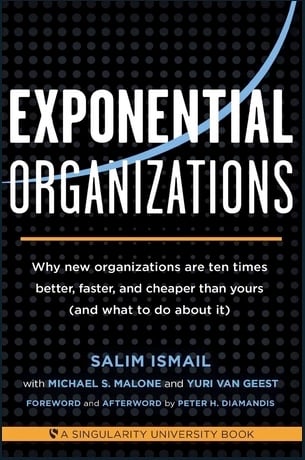There’s a need for strategy because time, dollars, and focus are scarce and limited resources. A strong business strategy is the application of these resources for maximum leverage.
But in developing a solid business strategy, you first need to check that you’re actually doing strategy and not something else entirely — like business planning.
Business planning is the realisation of strategic aims in a business framework.
Strategic planning, on the other hand, is making use of scarce resources for maximum leverage.
In building a strong business strategy, here are the 8 crucial questions you need to ask yourself.
- What business are we in or should we be in?
- Where do we compete?
- Who are our ideal target customers?
- What unique value proposition do we bring?
- What’s the expression (value proposition) of that value?
- What resources and capabilities do we use?
- How do we sustain that unique value?
- How and where will we add value?
Insight: There’s a big disconnect between strategy planning and its day-to-day implementation.
Data: 80% of leaders feel their company is good at crafting strategy but only 44% are truly effective at implementation (Robin Speculand). In a survey, 61% of respondents acknowledge that their firms often struggle to bridge the gap between strategy formulation and its day-to-day implementation (The Economist).
Key Action Point: Make use of these key insights and accompanying toolkits to improve how you implement your strategy and drive it to success.
Are you building your plan for next year? Ask us how we can help.

A sound strategy consists of three key interdependent (and equally important) aspects.
1. Diagnosis — A clear definition of the nature of the challenge. A diagnosis simplifies a complex situation and identifies certain aspects as critical.
2. Guiding Policy — An overall policy or approach for overcoming the obstacles identified in the diagnosis.
3. Set of Coherent Actions — The coordinated actions set out to accomplish the guiding policy.
If any of these elements are absent, it should raise warning signs about the validity and efficacy of the strategy.
Do you fully understand the language of strategy?
Contrary to what many might think, you can’t do strategy in a day or two. As the context by which your organisation’s purpose changes, your strategy needs to change with it too.
Strategy is ever changing, ever evolving. You are either strategic or not according to the fluency by which you and your team discuss current issues and respond to opportunities.
To better understand the language of strategy, it helps to recognise and define important terms used in strategic conversations.
Purpose
No strategy makes sense without a clear definition of your organisation’s purpose. An organisation without a strategic plan, is like a ship without a rudder. It is difficult to go anywhere when you have no means to measure and monitor success in the first place.
Why are you here? What and who do you aspire to be? Purpose drives your strategy and measures your success in the long-term. It should be well-defined and clearly understood by your shareholders, management, staff, clients or partners.
Ambition
Once you’ve identified what it is all for, your ambition is the guiding lens that helps keep you on track to make sure you’ve achieved your purpose.
Opportunities & Challenges
Your strategy needs context and your organisation’s opportunities and challenges arise out of it. As you move forward in your quest to fulfill your purpose, you’ll meet several opportunities and challenges that help you get closer to your goal.
Objectives
Your objectives serve as your organisation’s milestones and should be aligned with your purpose. They should be specific and measurable so you’ll know that achieving these individual milestones will get you a step closer to achieving your purpose.
Strategy
Strategy should answer the ‘How’ in achieving your objectives. It comes up as a result of the choices your organisation makes to realign your resources — no matter how small or limited — so you can leverage it to achieve the best results.
Tactics
Tactics refers to how you plan to implement your strategy. It is a series of actions that helps bring your strategy to life.
If you’re still using a SWOT, you should be nervous…
In one of our widely read articles at the Step Change Blog, I talked about the need to put an end to the SWOT analysis tool.
Over the years, organisations have gotten so used to the SWOT tool that they think of it more as a template to be filled out at the end of the year rather than really striving to understand the context behind it.
The SWOT doesn’t always have the most updated facts or serve the most accurate data. It isn’t time-bound and therefore doesn’t always serve to address the right context by which the organisation stands.
When context changes, the strategy needs to change as well. But the SWOT tool simply does not have the capability to look at the relationship between your business and its context. It doesn’t address the time-critical nature of opportunities and challenges.
As Richard Rumelt, author of the best-selling book Good Strategy/Bad Strategy, points out in his article,
A strategy is a way through a difficulty, an approach to overcoming an obstacle, a response to a challenge. If the challenge is not defined, it is difficult or impossible to assess the quality of the strategy.
So at Step Change, we use the strategic radar instead of the SWOT tool to help our clients unlock growth opportunities.















